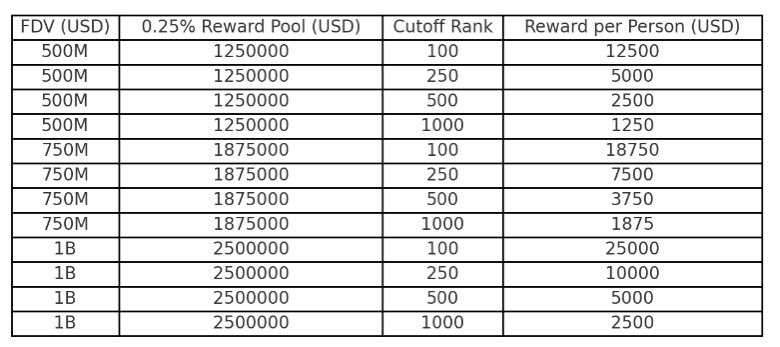The Evolution and Impact of NFTs in the Digital Art and Sports Worlds
The Rise of NFTs
Imagine owning a piece of digital art or a moment from a thrilling sports match, something that can’t be physically held but is uniquely yours. This is the promise of Non-Fungible Tokens (NFTs), a technology that has taken the digital world by storm. NFTs are unique digital assets verified using blockchain technology, ensuring their authenticity and ownership. They have revolutionized the way we think about digital ownership, particularly in the realms of art and sports.
Blockchain technology, the backbone of NFTs, provides a decentralized and transparent way to verify ownership and authenticity. This technology has been around for over a decade, but it is only in recent years that it has gained mainstream attention, largely due to the rise of cryptocurrencies like Bitcoin and Ethereum. NFTs, however, take this technology a step further by applying it to digital assets, creating a new way to own and trade unique items in the digital world.
NFTs in the Art World
A New Canvas for Artists
NFTs have opened up new avenues for artists to monetize their digital creations. Platforms like SuperRare have been at the forefront of this movement, providing artists with a decentralized space to sell their digital art. SuperRare, launched in 2018, has become a prominent player in the NFT space, allowing artists to sell their work directly to collectors, cutting out the middleman and ensuring that artists receive a fair share of the profits[1].
The traditional art world has long been dominated by galleries and auction houses, which often take a significant cut of the profits. NFTs, however, allow artists to bypass these intermediaries, selling their work directly to collectors. This not only increases the artist’s earnings but also gives them more control over their work. Moreover, NFTs provide a new way for artists to reach a global audience, as digital art can be easily shared and sold online.
The Centicorn Dream
For many artists, the dream is to become a “Centicorn” – an artist whose work has generated over $100 million in sales. This is not just a pipe dream; it’s a reality for some who have embraced the NFT revolution. Platforms like Seative Digital offer quick analyses and free assessments to help artists navigate this new landscape, ensuring their information remains secure and confidential[2].
The Centicorn dream is a testament to the potential of NFTs to disrupt the traditional art market. Artists who might have struggled to gain recognition in the past now have a platform to showcase their work to a global audience. Moreover, the transparency and security of blockchain technology ensure that artists receive fair compensation for their work, reducing the risk of fraud and piracy.
NFTs in the Sports World
Capturing Iconic Moments
In the sports world, NFTs are being used to capture and sell iconic moments from games. Platforms like KiX Sports NFT Exchange allow fans to own a piece of their favorite sports moments, from stunning comebacks to record-breaking performances. For instance, KiX Sports highlighted a remarkable 3-1 comeback win by PSG against Aston Villa, showcasing how NFTs can immortalize these moments for fans[3].
Sports fans are known for their passion and loyalty, and NFTs provide a new way for them to connect with their favorite teams and players. By owning an NFT of a memorable sports moment, fans can feel a deeper connection to the game and the athletes who play it. Moreover, NFTs provide a new revenue stream for sports teams and athletes, allowing them to monetize their digital assets.
Performance Analytics and NFTs
Beyond just capturing moments, NFTs are also being used to analyze and showcase player performances. Detailed analytics and performance data can be tokenized, providing fans with a deeper understanding of their favorite athletes’ skills and achievements. This intersection of sports and technology is creating new ways for fans to engage with the games they love.
For example, NFTs can be used to tokenize a player’s stats, such as their goals scored, assists, or even their training data. Fans can then own these NFTs, providing them with a unique and valuable piece of sports memorabilia. Moreover, this data can be used to create new forms of entertainment, such as fantasy sports leagues or betting platforms, further enhancing the fan experience.
The Future of NFTs
Expanding Horizons
The potential of NFTs extends far beyond art and sports. They are being integrated into various industries, from real estate to music, offering new ways to verify ownership and authenticity. The technology is still in its infancy, but its rapid adoption and innovation suggest a bright future.
For instance, in the real estate industry, NFTs can be used to tokenize property deeds, providing a secure and transparent way to verify ownership. In the music industry, NFTs can be used to tokenize songs, allowing artists to sell their music directly to fans and receive a fair share of the profits. The possibilities are endless, and as more industries adopt NFT technology, we can expect to see even more innovative use cases.
Challenges and Opportunities
While NFTs offer exciting opportunities, they also face challenges. Issues like environmental concerns, due to the energy consumption of blockchain technology, and the need for better regulation and security are areas that need attention. However, the creative and innovative spirit driving the NFT movement is likely to find solutions to these challenges.
One of the main concerns with NFTs is their environmental impact. The energy consumption of blockchain technology, particularly proof-of-work systems like Bitcoin, has been a subject of debate. However, there are alternatives, such as proof-of-stake systems, which are more energy-efficient. Moreover, as the technology continues to evolve, we can expect to see even more sustainable solutions.
Another challenge is the need for better regulation and security. As NFTs gain mainstream attention, they also attract the attention of scammers and hackers. Therefore, it is crucial to implement robust security measures and regulations to protect both creators and collectors. This includes measures like two-factor authentication, secure wallets, and regulatory frameworks to prevent fraud and ensure transparency.
Conclusion
A New Digital Frontier
The world of NFTs is a testament to the power of technology to transform traditional industries. From digital art to sports, NFTs are creating new opportunities for creators, artists, and fans alike. As we continue to explore this new digital frontier, the possibilities seem endless. The future of NFTs is not just about owning a piece of digital art or a sports moment; it’s about redefining what ownership means in the digital age.
As we look to the future, it is clear that NFTs have the potential to revolutionize the way we think about ownership, authenticity, and value. From the art world to the sports world, and beyond, NFTs are creating new opportunities and challenges. But with innovation and creativity at the heart of the movement, the future of NFTs looks bright. As we continue to explore this new digital frontier, we can expect to see even more exciting developments and innovations.





